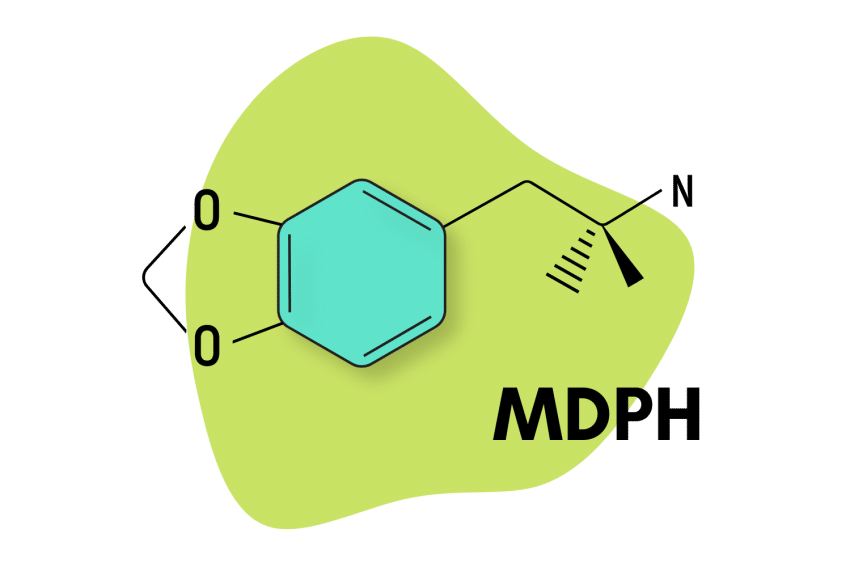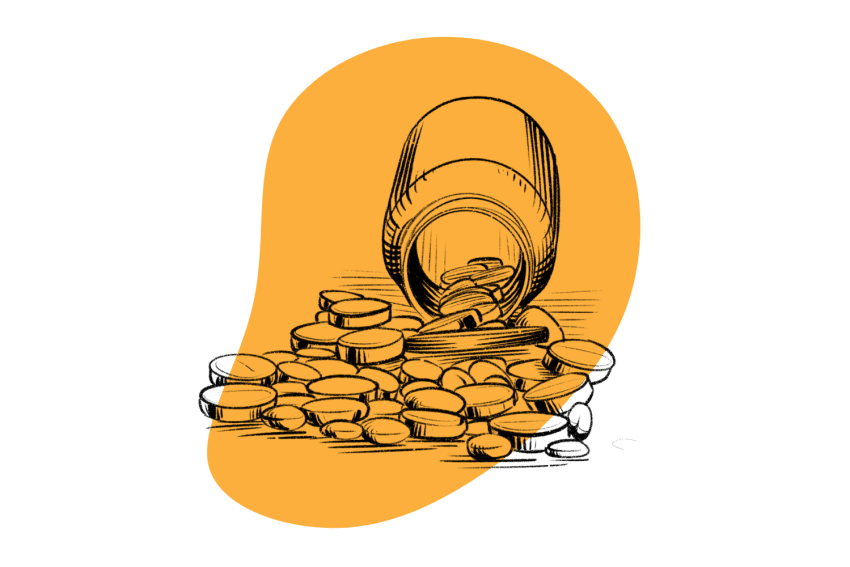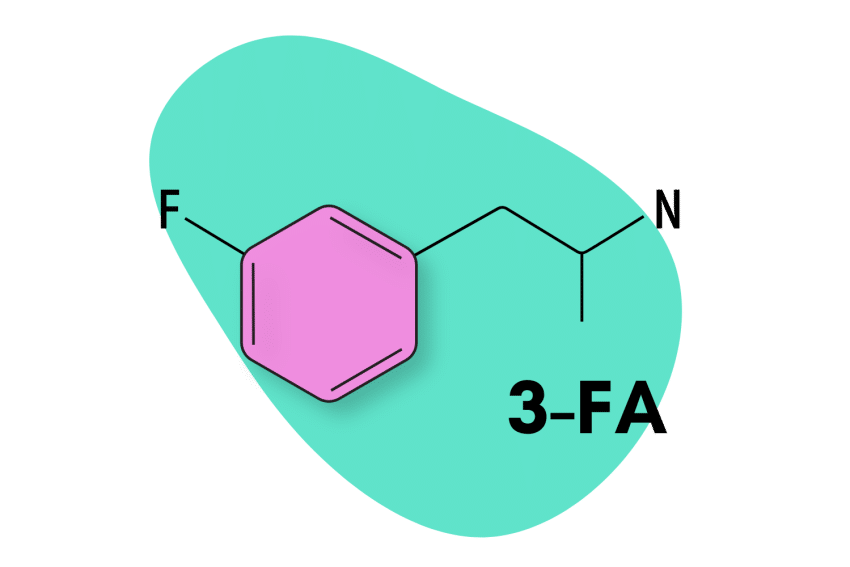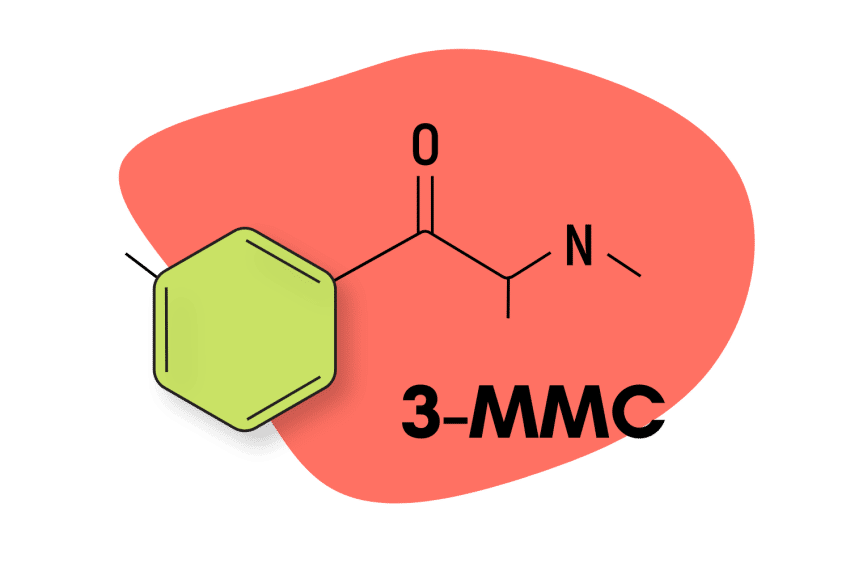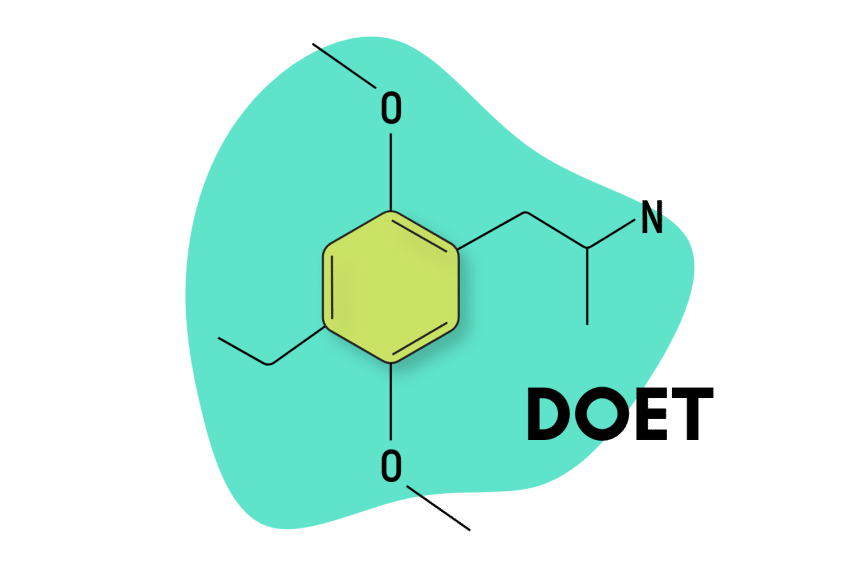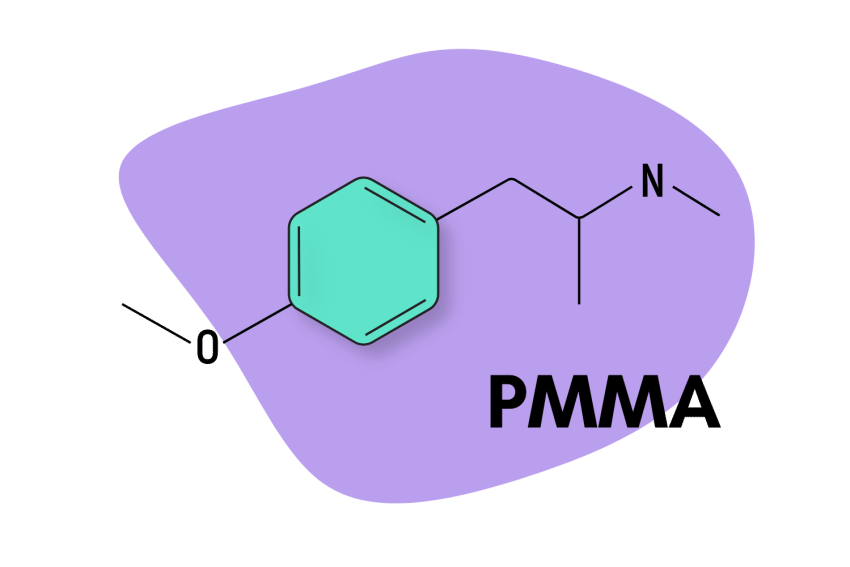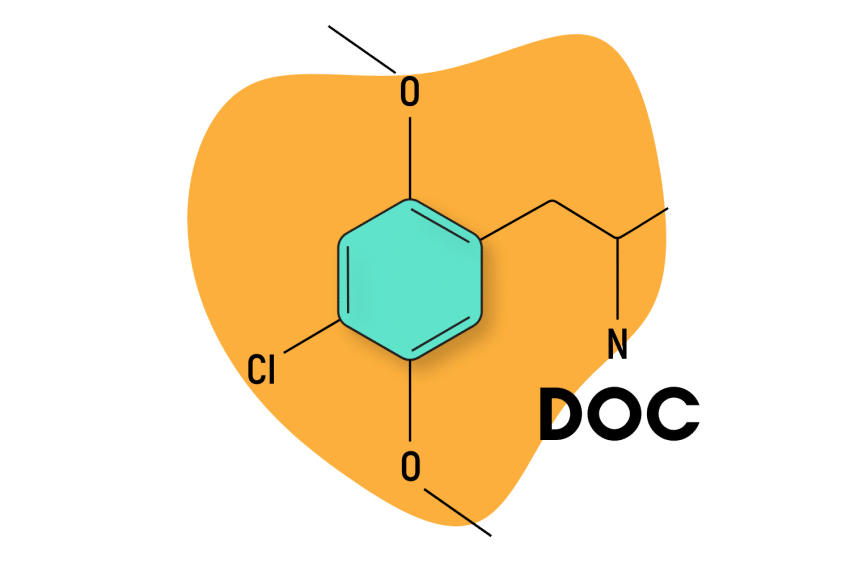α-PPP: Here’s What You Need To Know About This Powerful Stimulant
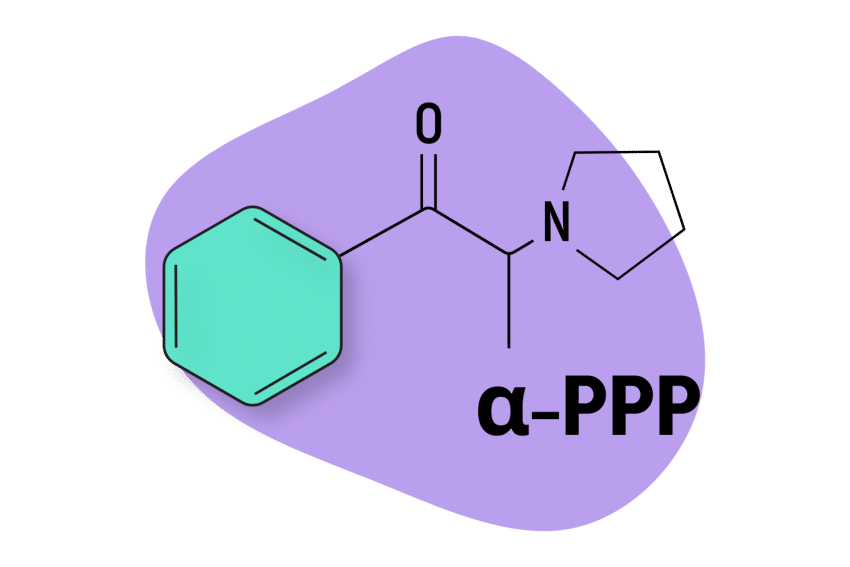
α-PPP is a synthetic stimulant drug and a pyrrolidinophenone derivative belonging to the substituted cathinone class (which itself is a member of the larger substituted amphetamine family of drugs).
Structurally, α-PPP is quite similar to a prescription drug called Amfepramone (diethylpropion) which is sold as an appetite suppressant.
In the United States, MDPV and other synthetic cathinones like α-PPP became accessible around 2004 and were sometimes marketed under the name “bath salts” at gas stations until they were banned in 2011 due to public outcry.

This situation has contributed to an inaccurate view of substituted cathinones, with many people assuming that this type of drug is guaranteed to cause mania and violent outbursts.
While there have been cases of such reactions, they are usually the result of combining multiple drugs or taking way too much.
Substituted cathinones are indeed hazardous, but public perception tends to be overly sensationalistic about them.
Here’s everything we know about alpha-PPP.
α-PPP Specs
| Chemical Name | 4′-Methyl-α-pyrrolidinopropiophenone |
| Level of Risk | Moderate |
| Other Names | N/A |
| Most Common Side Effects | Psychosis, seizures, anxiety, paranoia, agitation, confusion, increased heart rate and blood pressure, palpitations, chest pain, and difficulty breathing. |
| Duration of Effects | One to three hours |
| Estimated Threshold Dose (oral) | 1 mg |
| Common Dose (oral) | 5 to 15 mg |
| Legality/Status | Research chemical |
| PubChem ID: | 209045 |
| CAS# | 19134-50-0 |
Tripsitter Safe α-PPP Guidelines
- 🐍 I understand why amphetamine psychedelics should be treated with respect
- ⚖️ I’m familiar with the laws for amphetamines in my country & state
- 🍄 I’m familiar with and confident in the dose I’m taking
- 🧪 I’ve tested a sample of the substance I’m using with a drug-testing kit
- 💊 I’m not mixing any medications or other substances with α-PPP
- 🏔 I’m in a safe & comfortable environment with people I trust
- 🐺 One of the members of my group is responsible and sober (AKA a trip sitter)
- ⏳ I have nothing important scheduled for after the trip
- 🧠 I’m in a sound & healthy state of mind
- ❤️ I don’t have any underlying health issues — don’t take α-PPP if you have underlying heart, neurological, or psychiatric disorders
- 👭 Use the buddy system — α-PPP can remove your inhibition and allow you to make unsafe decisions, always stay with people you trust, and never go out alone
- 🌵 I understand the risk of dehydration — it’s easy to become dehydrated while on α-PPP, so make sure you’re drinking a cup of water every hour while using α-PPP
- 🦻 Protect your hearing — music can be intoxicating while on α-PPP, so protect your hearing and bring ear protection before you go out to a club or concert
How Does α-PPP Work?
Like most amphetamine-based stimulants, α-PPP works by altering dopamine and serotonin levels in the brain.
The general change is to increase concentrations of these neurotransmitters. This effect results in a lowered threshold for nerve impulses, which causes increased feelings of alertness, rapid thoughts, and altered thought patterns (especially in higher doses).
Physical effects include rapid heart rate, increased blood pressure and body temperature, and muscle contractions or twitches.
α-PPP can alter neurotransmitter levels in 3 main ways:
- Blocking the reuptake of neurotransmitters — α-PPP inhibits the reabsorption of neurotransmitters like dopamine and serotonin.
- Blocking the clearance of neurotransmitters — α-PPP reduces the ability of glial cells to clear away excess neurotransmitters.
- Reversing the polarity of neurotransmitter transporters — α-PPP reverses the activity of neurotransmitter transporters, causing them to release more dopamine into the synapses rather than clearing them out.
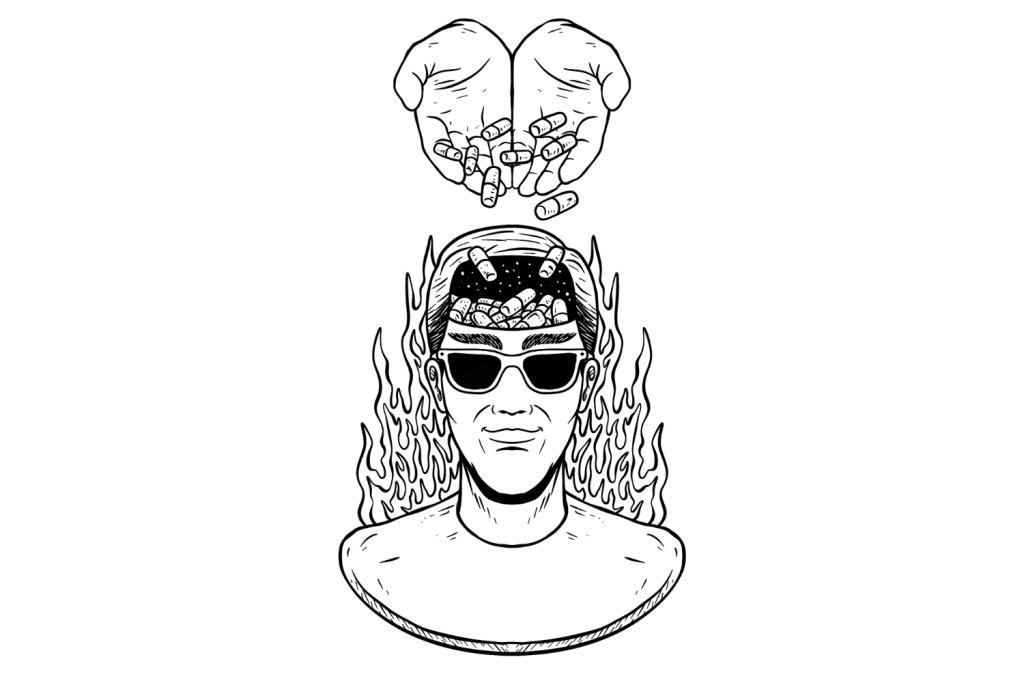
These actions result in an increased level of dopamine within the brain, leading to stimulant effects like euphoria, increased energy, and heightened sociability.
α-PPP also acts as a partial releasing agent at the norepinephrine transporter [1], which gives it slightly different effects than other cathinones.
What Are The Effects of α-PPP?
Substituted cathinones like α-PPP have a stimulant effect. It shares similar effects to both cocaine and MDMA.
Regrettably, information on this drug is limited to online drug forums. There aren’t many official studies on the effects of this drug in particular.
Reported effects of α-PPP include stimulation, time distortions, enhanced stamina and focus, increased or abnormal heart rate, and ego inflation. In high doses, it can result in delusions, headaches, increased body temperature, and disorganized thoughts.
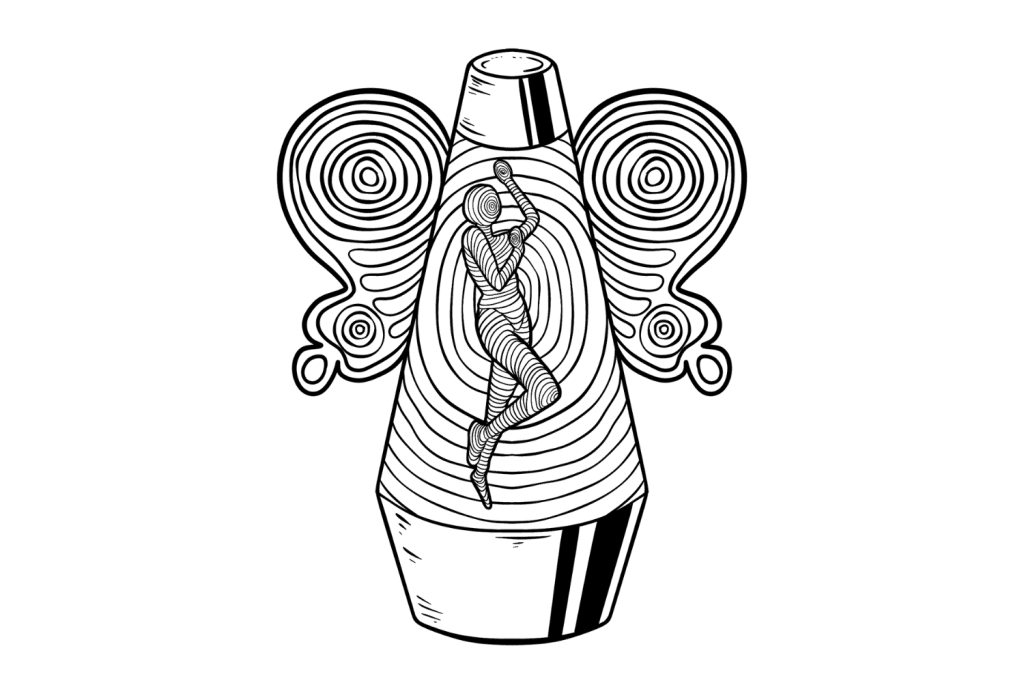
α-PPP is a fairly well-rounded cathinone — producing feelings of euphoria and empathy towards others. This differentiates it from cathinones like MDPV which are almost pure stimulants.
It’s believed that α-PPP exerts a more “rounded” effect on emotions than other cathinones through its ability to interact with serotonin on top of the usual dopamine mechanisms. MDPV, in comparison, is almost a pure dopaminergic agent.
Is α-PPP Safe? Risks & Side Effects
There have never been any official studies exploring the safety profile of α-PPP.
Due to the powerful stimulating nature of this drug, it’s likely to result in problems with addiction and overdose-related toxicity.
Synthetic cathinones, in general, are risky for several reasons:
1. Lack of Regulation & Adulteration
Lack of regulation means synthetic cathinones are always made in clandestine labs. These labs often lack good manufacturing practices and may include impure or potentially toxic adulterants.
The purity and dosage of these drugs can vary widely — making it difficult for users to know what they’re taking and how potent it truly is.
This is why it’s critical that users always test a sample of their drugs to ensure they contain what’s expected.

2. Unknown Long-Term Effects
Synthetic cathinones are relatively new drugs, and there’s little research on their long-term effects on the body. Some reports suggest that these drugs may cause permanent damage to the brain, heart, and other organs. More research is needed to understand the potential long-term effects of α-PPP and other synthetic cathinones.
3. High Potential for Abuse
Synthetic cathinones like α-PPP are highly addictive. Frequent use can quickly lead to tolerance, dependence, and addiction. This can cause users to engage in risky behaviors to obtain the drug, such as stealing or engaging in unsafe sex.
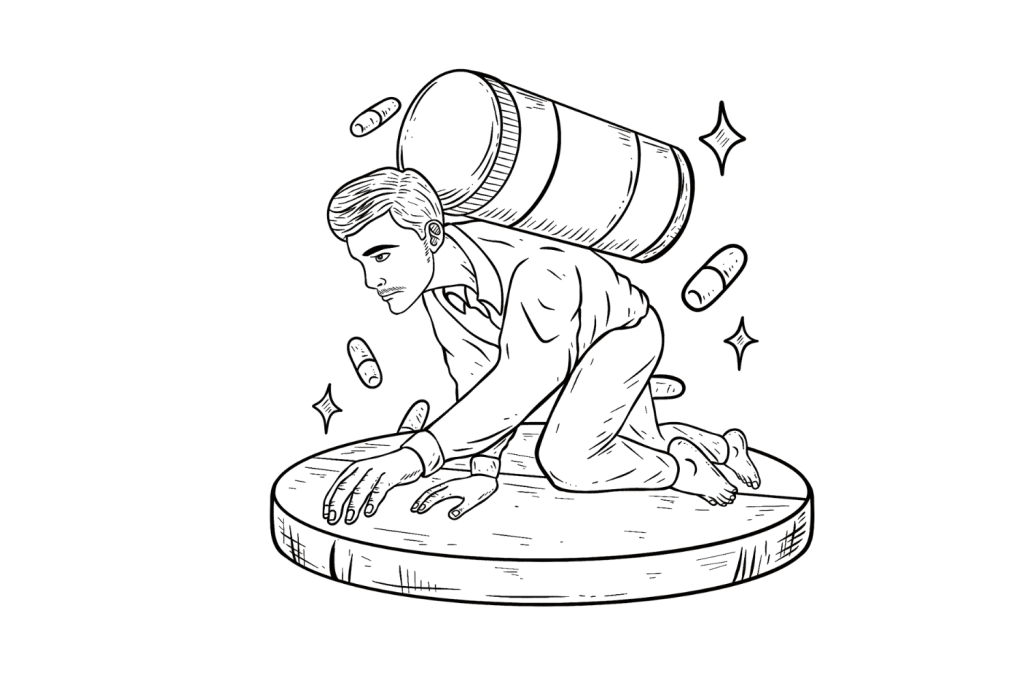
4. Risk of Severe Side Effects
Synthetic cathinones are powerful psychoactive drugs. Even small changes in dosage or potency can cross the line between an enjoyable psychoactive dose and an overdose.
High doses of cathinones are known to cause serious side effects, including paranoia, psychosis, seizures, and cardiac arrest. These drugs have been linked to numerous deaths and hospitalizations.
References
- Maier, J., Rauter, L., Rudin, D., Niello, M., Holy, M., Schmid, D., … & Sitte, H. H. (2021). α-PPP and its derivatives are selective partial releasers at the human norepinephrine transporter: pharmacological characterization of interactions between pyrrolidinopropiophenones and high and low-affinity monoamine transporters. Neuropharmacology, 190, 108570.

